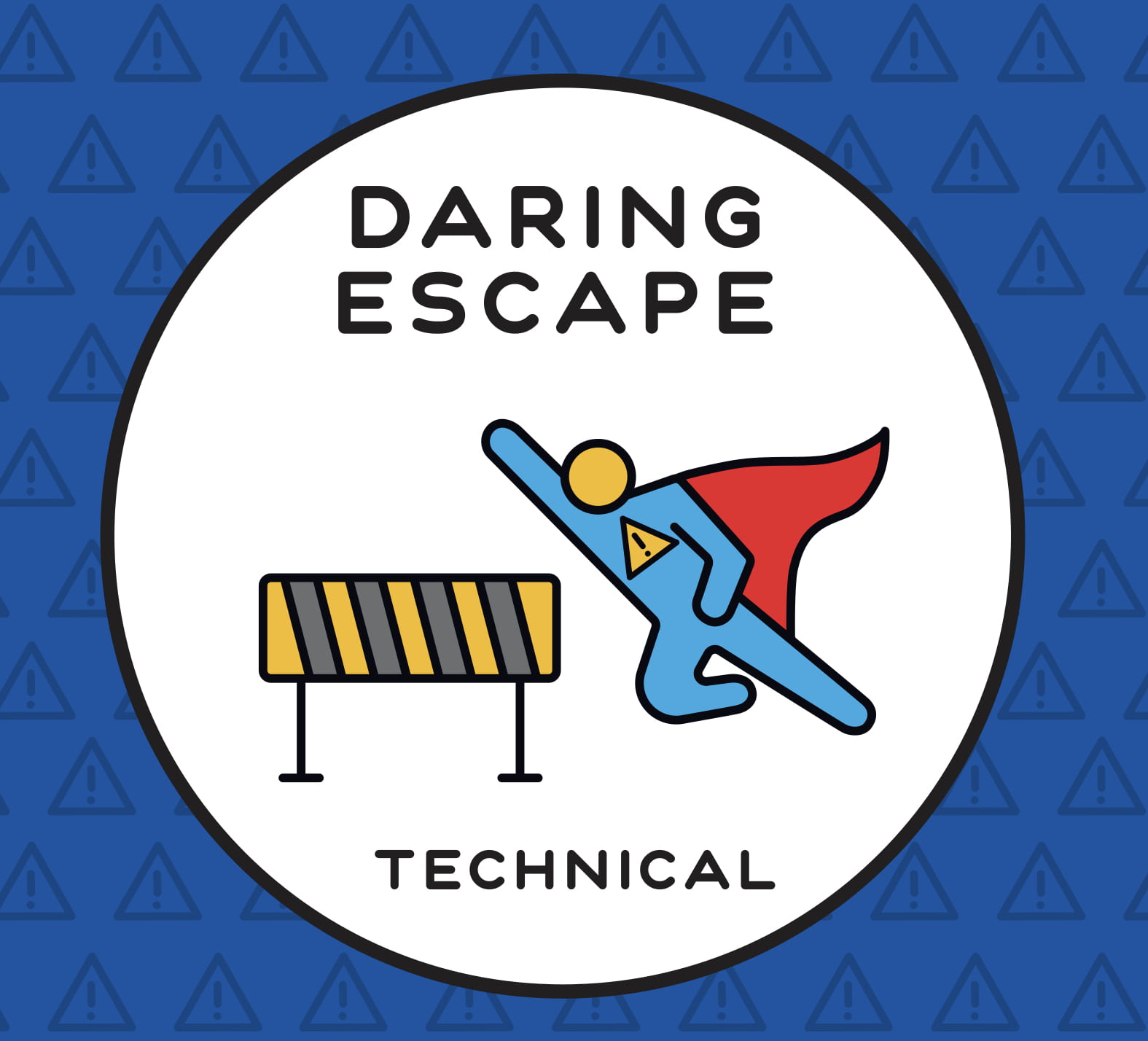
Hello everybody, today we’re going to be talking about a project we did recently in Scimatics called chemistry coding. In this project, we made a scratch game or simulator. Our game or simulator had to be about the kinetic molecular theory.
Curricular competencies:
Communication competency:
For this core competency I think that I did very well. I definitely got all my friends and family to play my game so that I could adjust it. I also helped other people with their games, which would fall into the communication competency.
Thinking competency:
I have done Scratch before, so I did know how to code a little bit. I did do most of it by myself, I just watched tutorials and made other games, and that coding knowledge helped me a lot to code my game well. With that new knowledge, I could also help other people a lot more, because I understood the program better.
Personal and Social:
I helped others a lot with my knowledge of Scratch. I also got other people to peer critique my game. I also worked on my game a lot during spring break. I got almost all of it done. I gave myself a goal and I worked towards it, and I eventually completed a very good scratch game.
Curricular Competencies:
Questioning and predicting: Demonstrate a sustained curiosity about a scientific topic or problem of personal interest – All class time is used efficiently for learning without distractions. I think that I did well in this curricular competency. I used all of my class time efficiently and handed everything in on time. I also helped other people with their games, so I guess that’s considered playing games in class😏? But I was still helping them.
Scientific communication: communicate ideas, findings, and solutions to problems using scientific language, representations, and digital technologies – Several different atoms/molecules, different states of matter, and particle motion are represented in the finished product. A historical model of the atom is chosen and implemented. I added two different atoms, Xenon and Arsenic. I think those two weren’t common enough for everyone to know, but I think that they did fit the superpowers that I chose. I chose to represent each model of atom in the Bohr model.
Reasoning and analyzing: Use logic and patterns (including coding) to solve puzzles and play games – An interactive Scratch coded matter simulator or game is created with logical conditions and functional user controls. I think that I met this criteria most of all! I made an interactive Scratch game, and it has logical conditions, and functional controls. I chose WASD or the arrow keys to move my characters.
To start this project, we made a project start mind-map. We added questions, examples, and thoughts.

Then, a couple of days ago, once we had completed our scratch game we made a project end mind-map, which answered most of the questions on there.

Then we started to make our scratch games! Here is my programming plan that I made as an outline for my game.
- Two characters
- Different levels
- Levels get harder
- One level with lava
- Last level with enemy
- Arsenic can kill enemy
- Xenon can skip any level
- On the last level portal appears after 5 seconds
Use arrow keys to move. My game starts with the option between two characters xenon and arsenic. If you click on them, they give a description of their atom, what it is used for, and it’s superpower. Then, the first level appears. The first level is very easy, and they get progressively harder. In the last level there is an enemy that can kill you. To complete the game, get to the portal on the last level. Here’s my game!
In conclusion, I really enjoyed this project, and I am really looking forward to the next project called Ultimate Design Challenge. It just sounds like a lot of fun. I think that I could have done better if I spent a little bit more time on my game to fix a couple of bugs, but overall, I think that it was great!
Here are some games that I really liked:
https://scratch.mit.edu/projects/655840772
https://scratch.mit.edu/projects/655842363



